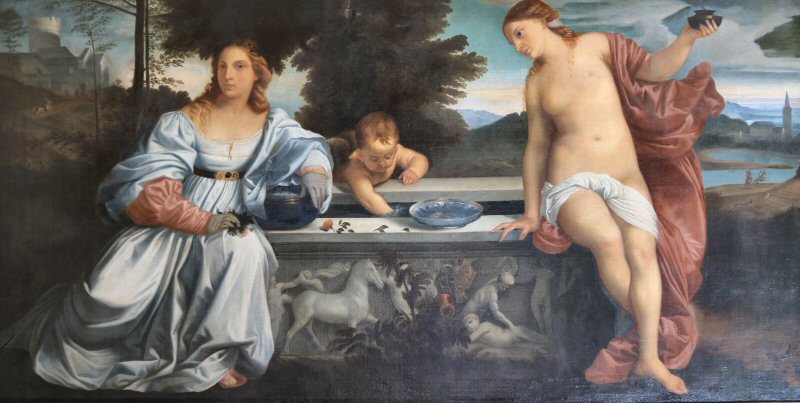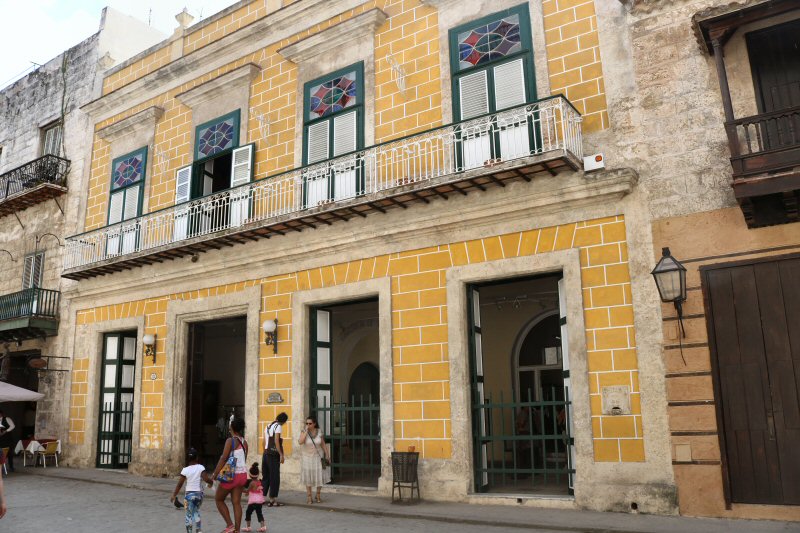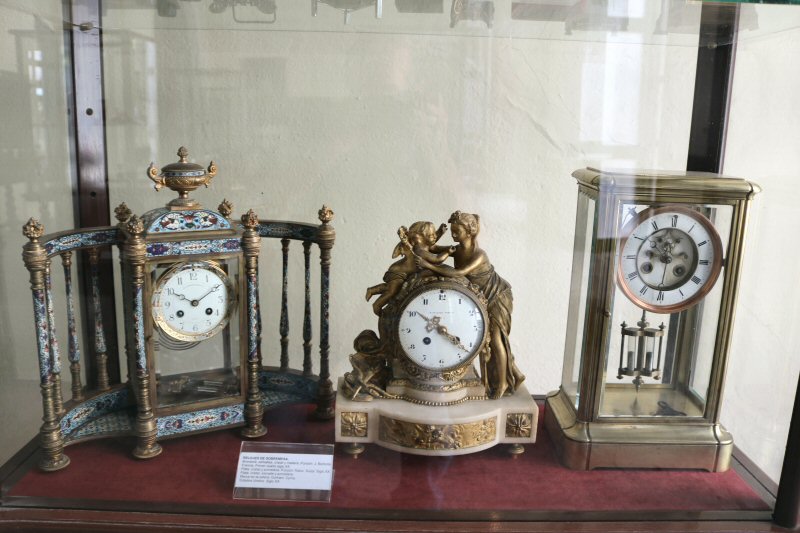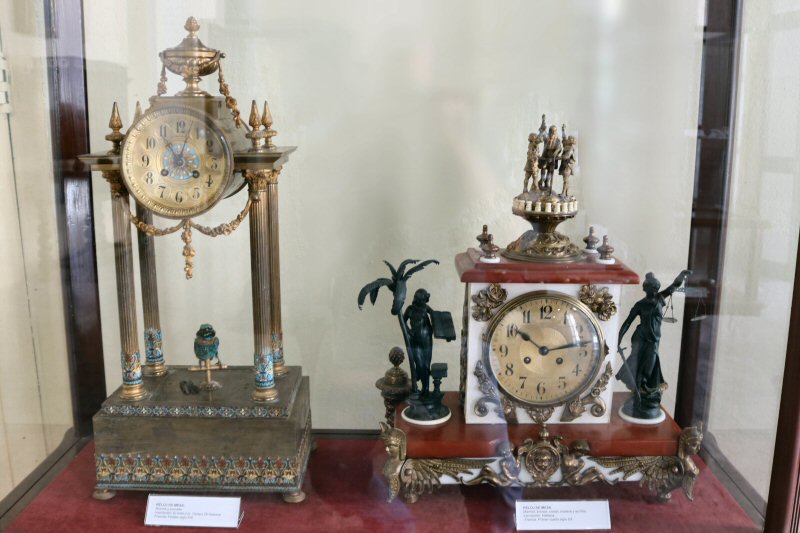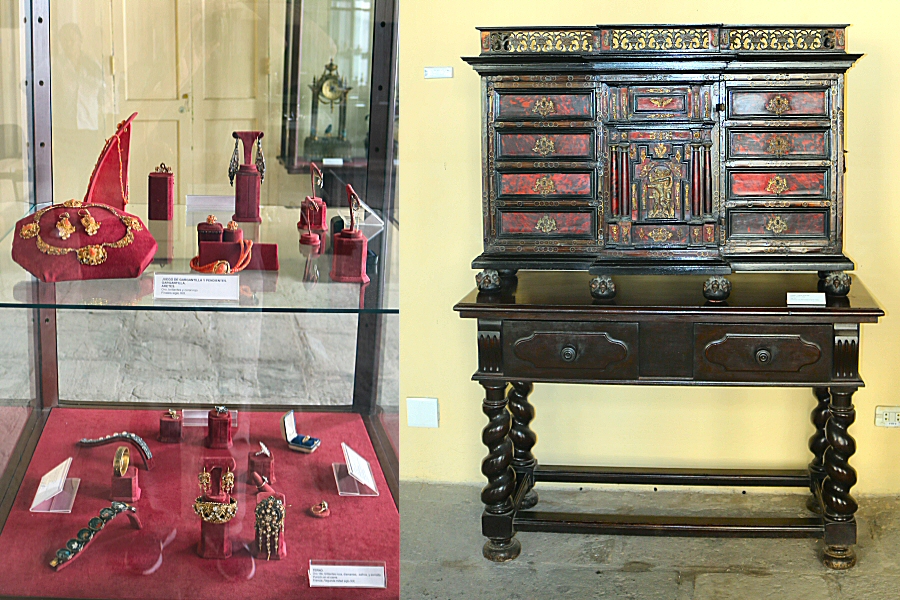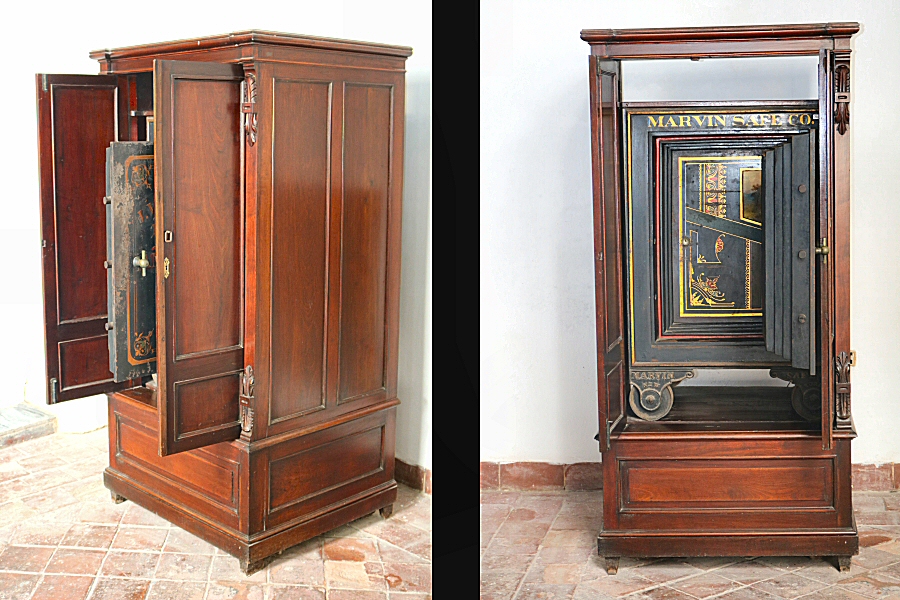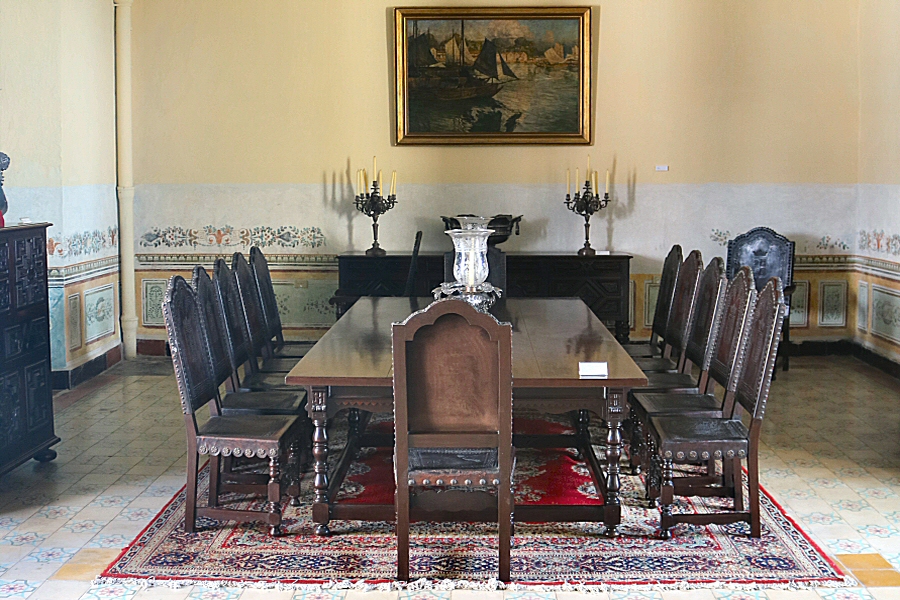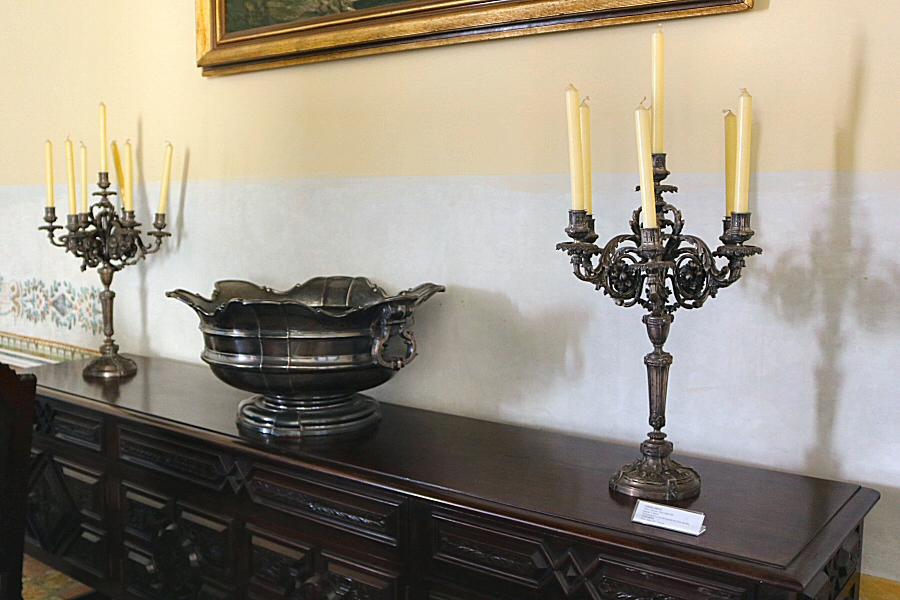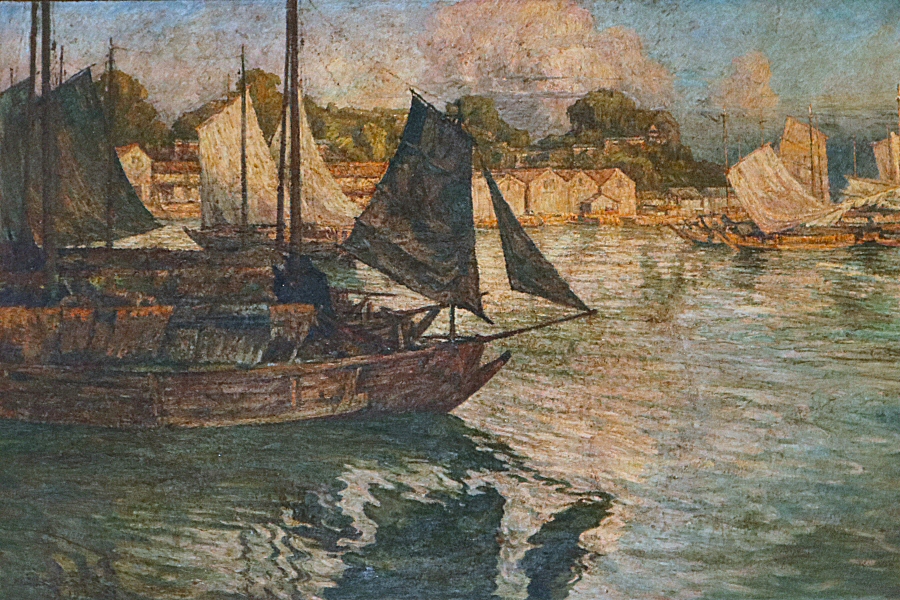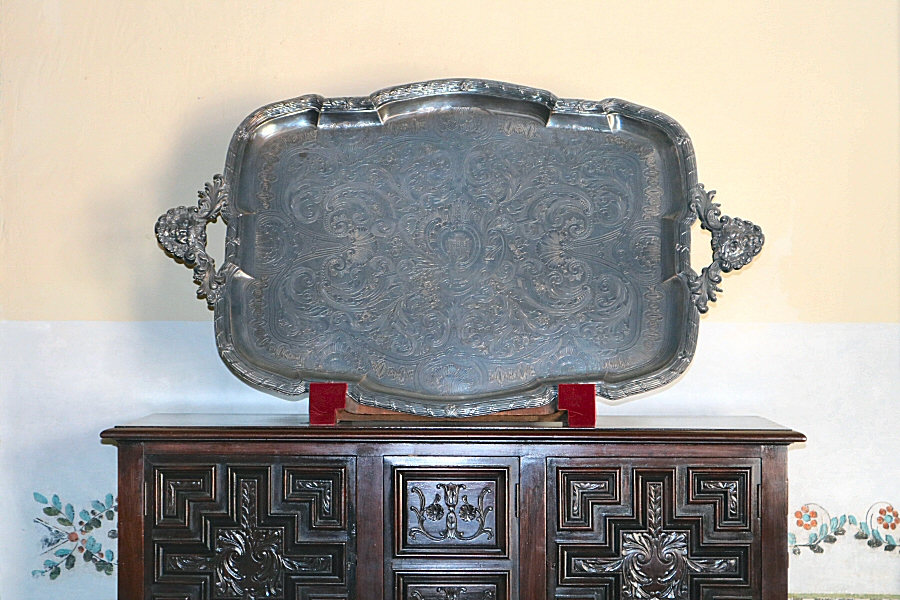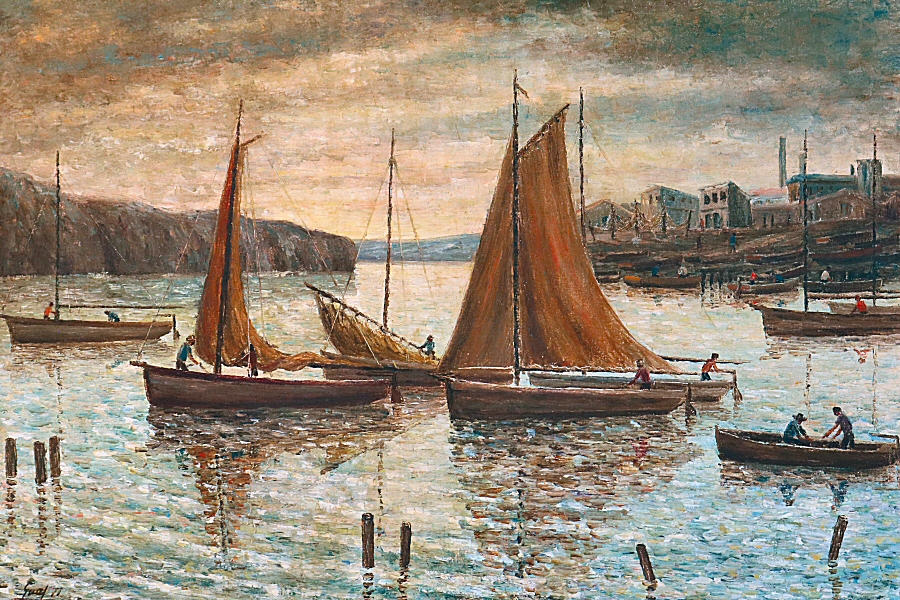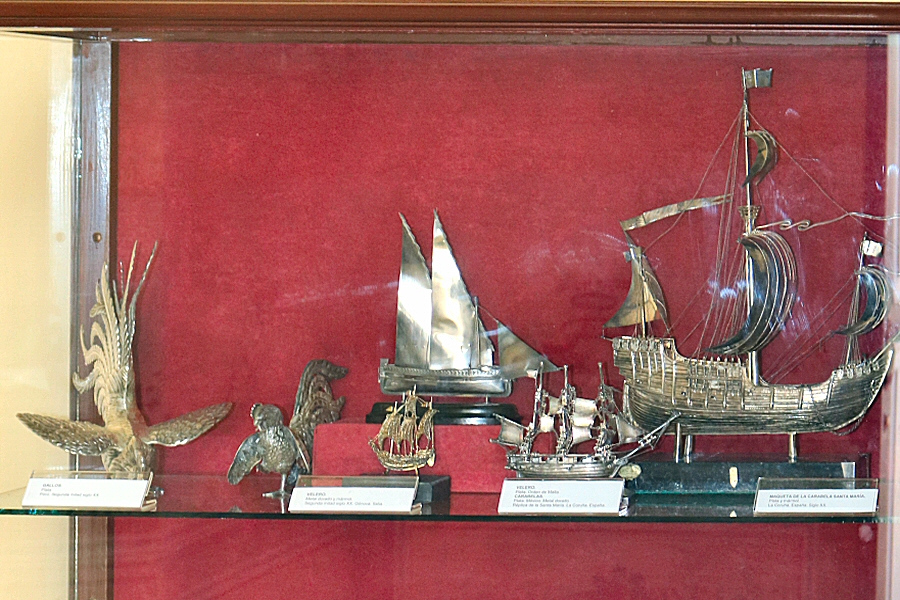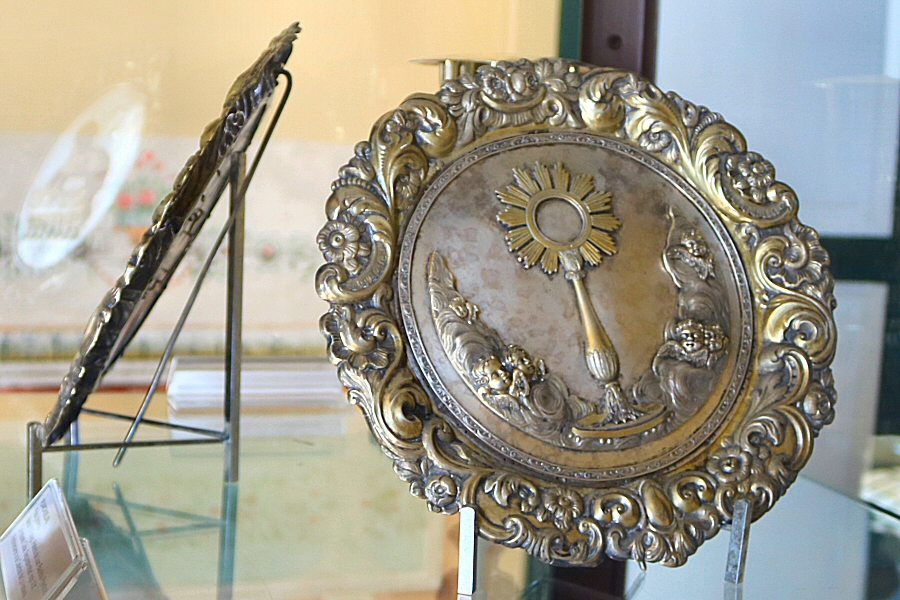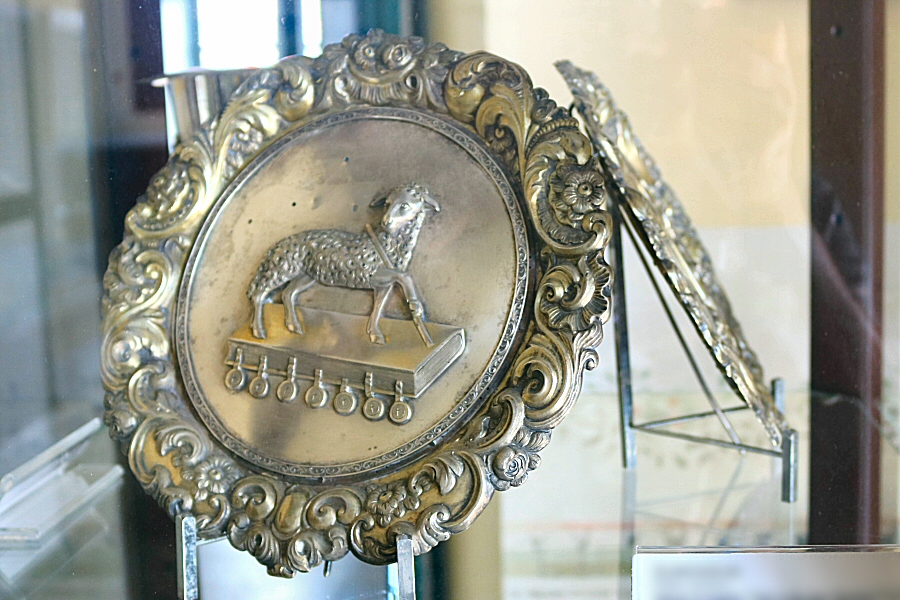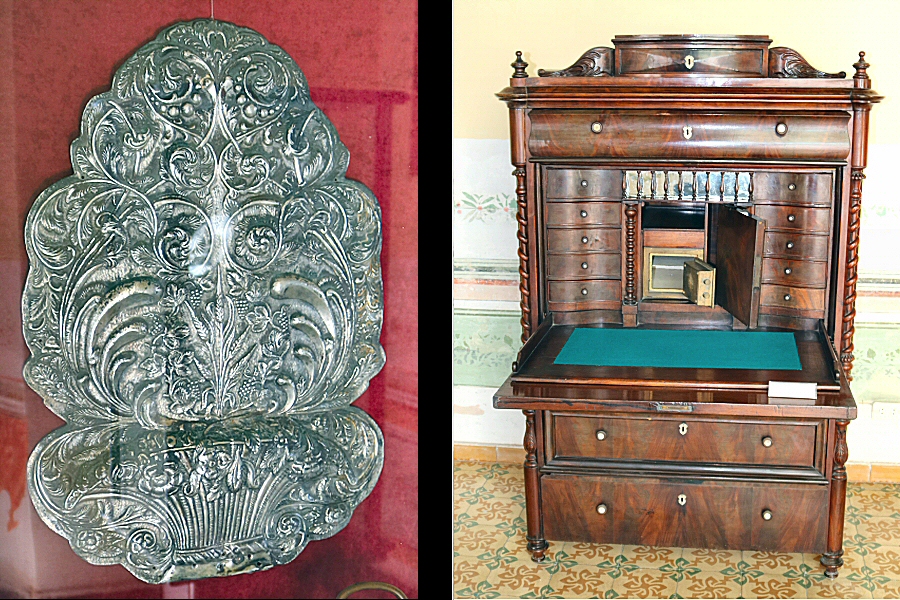

The old colonial house that serves as
the Museo de la Orfebrería (Goldsmith's
Museum) today, was built in 1707. His owner was the
silversmith Gregorio Tabares. It was a faithful example of
Havana’s neoclassical domestic architecture. Until the first
quarter of the 20th century, the building was used by different
owners for various purposes. In 1959 it became a minting
workshop, and in 1996 it was inaugurated as the Museo de la
Orfebrería to exhibit the objects made from precious metals and
to show the level reached in this field in Cuba, although the
island never had so much deposits of precious metals before.
Some of the samples are the patrimony of the Cuban families,
brought from outside of the island, but most of them are
elaborated by masters of the city.
THE MUSEUM
On the ground floor the museum has a
vast a collection of objects from the 19th and 20th century,
such as the swords and the walking sticks. Some of the swords
have an elegant design, as they were used in ceremonies. The
walking sticks are carved from wooden and ornamented with gold,
silver or steel pieces. Two of the exhibited walking sticks have
also stiletto inside. Among the exhibited silver products, such
as plates, basins and ewers, the most striking piece of the
collection is the silver basin from Peru. The silver braziers,
made by Misa Besada brothers, are among the masterpieces of the
museum from the 19th century. The museum includes pieces made in
Havana by Cubans and Spanish goldsmiths, settled in the city
since the early 19th century, such as the brothers Misa Besada,
Pisano, and Juan Bautista Prentice, who had different silverware
workshops.
The ostentatious table watches
that were made of silver, porcelain, bronze or enamel, were
brought from France, Swiss and United States. Additionally, the
visitor will see some silver ashtrays, an important collection
of numismatic pieces, and a smoker desk on the ground floor. An
oil painting of the Spanish painter José de Madrazo with the
title “agudo el amor divino y el amor profan/acute divine
love and profane love” enriches the wall of the museum. At the
back of the ground floor, you will find several safe boxes,
manufactured in the 19th century. The last one is very
interesting, as it looks like a furniture from outside.
On the upper floor there are some
religious pieces and objects for the
dining room, like the cutlery. A jewellery shop is also located
in the same building.
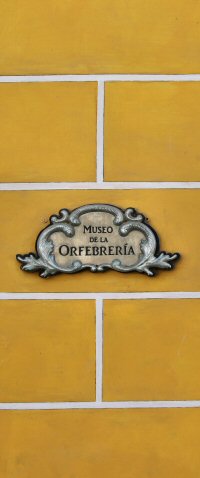
The Casa de la Orfebrería is also the
seat of the Congregation of Plateros San Eloy that brings
together those who currently work in the trade of the products
of the of the gold- and silversmiths. The organization was
established in 1665, and reborn in 1997. Since then it has its
headquarter in this beautiful museum.
In the rooms of the museum some
conferences, workshops, exhibitions of plastic arts and objects
related to silverware, are organized that contribute to the
knowledge of the art of the goldsmiths, since in Cuba there is
no academy dedicated to the teaching of this artistic work.
